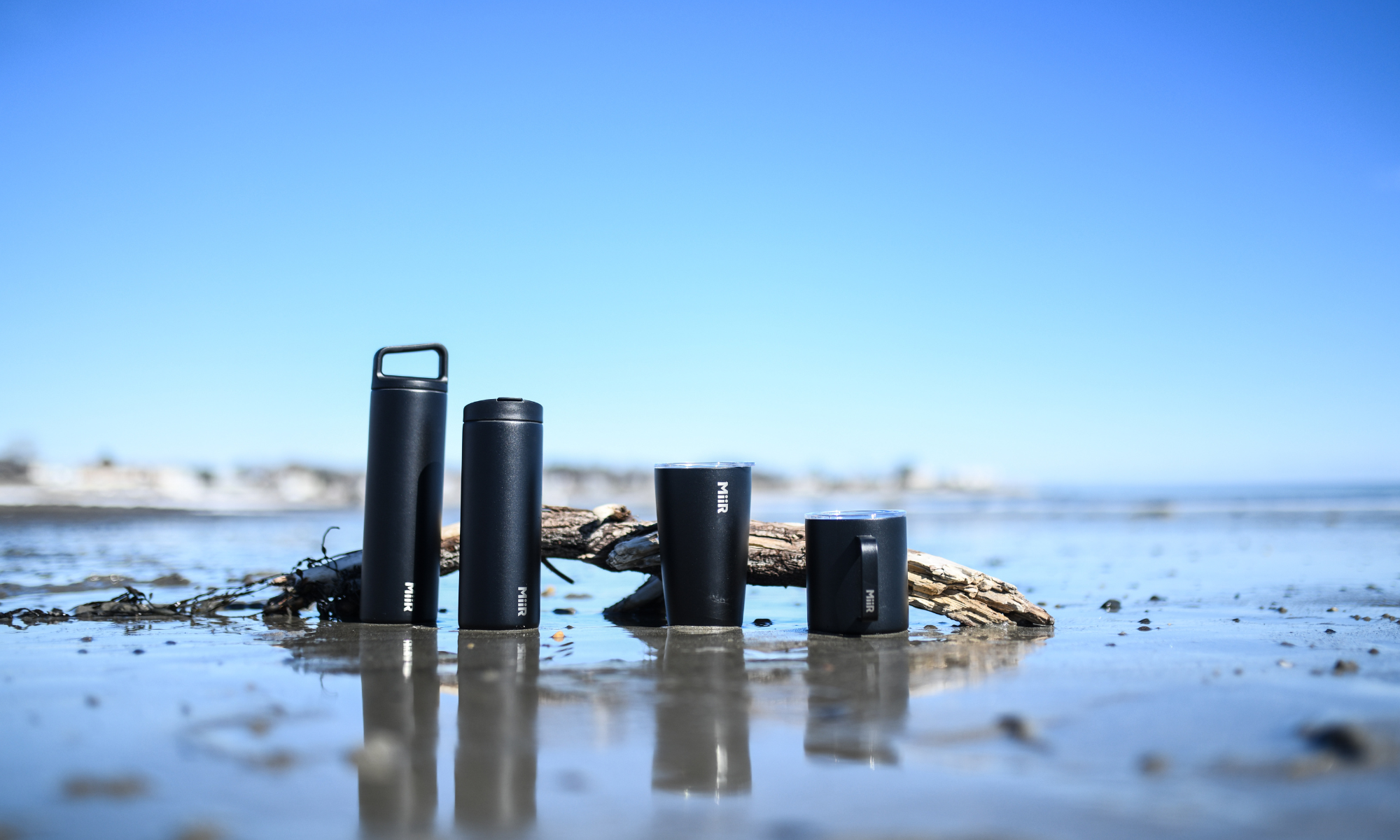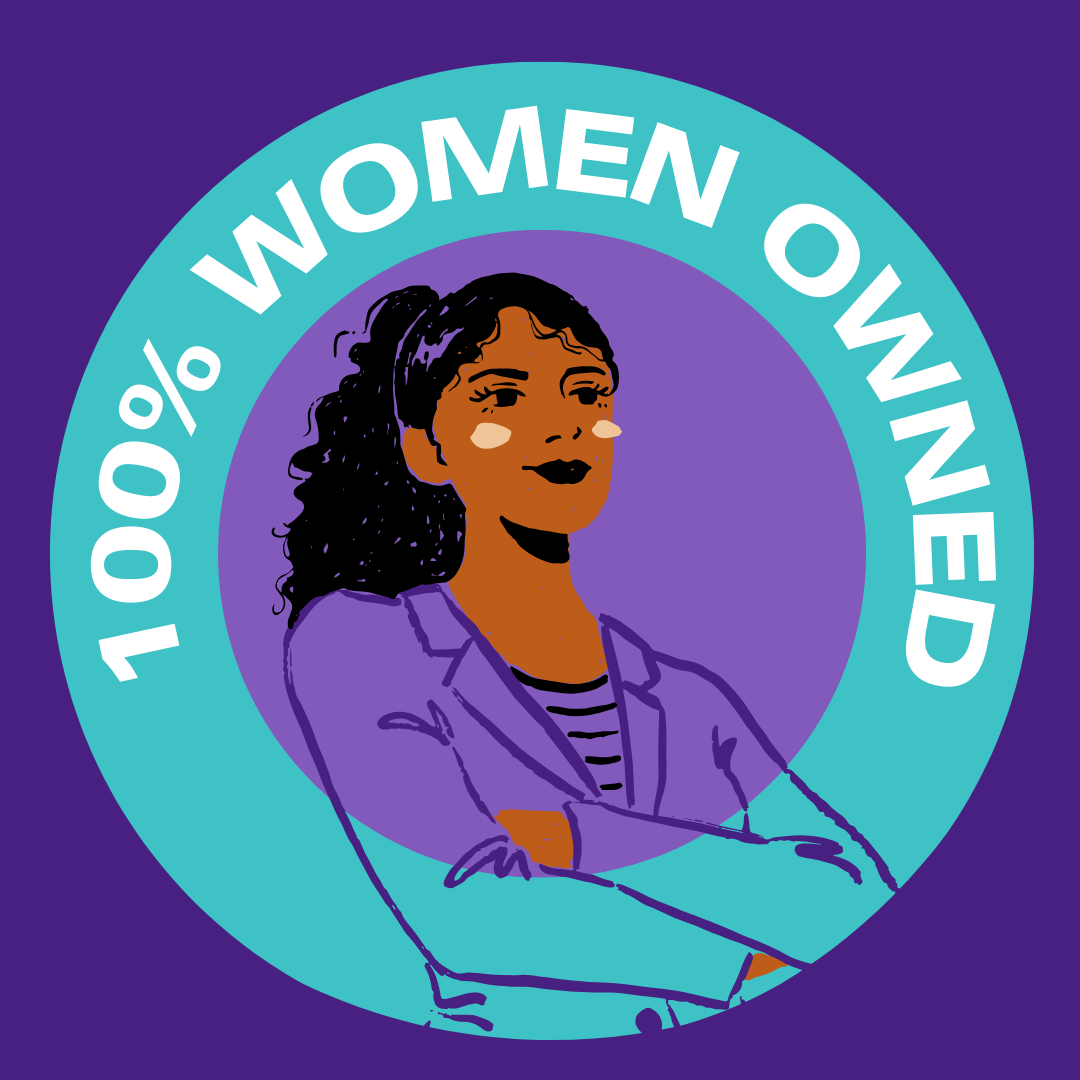Construction sites carry inherent risks, but a dedicated safety focus can prevent serious incidents and protect valuable team members. According to a safety report, nearly 20% of private industry worker fatalities occur in construction, highlighting the need for an organized approach to safety. Many teams search for construction safety week ideas to reduce hazards, enhance productivity, and motivate their workforce. A structured system of targeted events, workshops, and friendly competitions can spotlight best practices and reinforce a zero-incident mindset across every job site.
Practical strategies for safety are not limited to new or small-scale projects, because even well-established contractors can gain valuable benefits from focused safety activities. Decision-makers who seek improved methods for hazard identification and risk mitigation often find that a purposeful approach to construction safety week prompts better team communication and long-term cost savings. Consistent messaging around safety protocols establishes trust with clients, investors, and team members who expect strong safety standards.
What Is Construction Safety Week?

Construction Safety Week is a structured timeframe for teams to concentrate on proper protocols, share insights, and unify efforts that protect on-site personnel. It is a key driver for promoting vigilance and readiness, which are often overlooked when deadlines take center stage. Some organizations view it as a piece of their safety program, guiding them to evaluate current practices and adopt fresh concepts that prevent injuries. This focus leads to stronger policies, better resource allocation, and a more profound sense of responsibility among all individuals on the job site.
Another advantage of construction safety week involves fostering cross-functional understanding, since managers, employees, and clients can collaborate on safety solutions. The resulting synergy is more than an annual checkpoint; it creates momentum for continuous improvement and cost control. Companies that embrace ongoing activities and knowledge-sharing sessions often see fewer disruptions, more consistent workflows, and motivated team members who appreciate the organization’s commitment to safety.
When Is Construction Safety Week 2025?

Construction Safety Week 2025 usually happens around the beginning of May, and teams often look forward to it as a highlight of the year. This period calls attention to safety topics, encourages unity, and reveals strategic ways to reduce incidents across different worksites. Many in the industry refer to this timeframe as a guidepost for organizing fresh training sessions and upgrading existing guidelines that need refreshing. Workers participating in these events often feel more connected to the broader industry effort, which drives better outcomes.
Managers often choose this time window to schedule creative activities that spotlight safety construction week practices, because it aligns well with overall industry rhythms. Some companies align larger projects around this period to gain maximum involvement, while others run smaller departmental sessions. The theme remains consistent: shine a bright light on health and safety, spark new conversations about risk prevention, and build stronger collaboration toward a safer workplace.
Why Is Construction Safety Week Important?

Construction work involves physical tasks that require focused attention, specialized tools, and continuous monitoring of conditions. Failing to account for potential hazards can lead to serious injuries and financial setbacks, so national safety week construction awareness campaigns serve an essential purpose. They help managers and workers align on practical ways to manage hazards without adding significant overhead. Organized safety observances bring crucial knowledge, techniques, and success stories into one place, boosting overall readiness.
A dedicated focus also helps new hires and seasoned experts exchange methods that can eliminate overlooked dangers in everyday tasks. By shining a spotlight on these risks, the job site becomes a space where people watch out for each other and understand the long-term value of consistent caution. Initiatives such as these often lower liability concerns, strengthen brand credibility, and boost morale among the workforce, who can see that management takes safety seriously.
How to Plan an Effective Safety Week?

Coordinators who want to plan an effective safety construction week should start by defining clear objectives that match the unique risks of their projects. Goals often include reducing recordable incidents, strengthening communication about protocols, and boosting awareness of advanced safety equipment. Leaders then develop a short list of targeted events, seeking input from employees to ensure that each activity addresses real challenges on the job. This inclusive process is crucial for hidden opportunities and engaging the broader team.
Organizers often schedule hands-on demonstrations, group discussions, and practical tests throughout the week. Each event focuses on measurable outcomes and incorporates feedback that can be refined in the future. Budgets should account for any specialized trainers or equipment needed, and marketing tactics can encourage sign-ups or RSVPs for different sessions. This structured approach supports a cycle of consistent improvement, while also showing investors and stakeholders that the company pursues efficient methods for protecting assets and personnel.
Top Construction Safety Week Ideas

A targeted set of construction safety week ideas can bring a fresh perspective to a job site, which might otherwise rely on the exact procedures year after year. Each concept should feature hands-on participation, active learning, and a sense of collaboration. Many teams find that these methods stimulate healthy competition, reinforce responsibility, and generate genuine excitement about improving safety outcomes. Excitement alone is not enough, so it is wise to set clear metrics to gauge success and maintain accountability.
Groups often concentrate on creative demonstrations and team-building events that speak to daily hazards in the field. Job-specific adaptation is recommended so that employees can relate ideas to their tasks. Each idea listed below offers an interactive way to strengthen practical skills and guard against the mistakes that lead to injuries. Strong planning allows each activity to extend beyond a single event, carrying lessons learned into everyday procedures.
1. Trivia Games for Safety Awareness
Trivia games engage teams in memorable ways. Short quizzes focusing on electrical hazards, PPE (personal protective equipment), or proper lifting methods can spark healthy competition between crews and departments. Groups might answer questions about OSHA guidelines or job-specific regulations, which creates a playful learning atmosphere. Collaboration arises when participants trade tips and reflect on near-miss incidents, reinforcing that safety knowledge should never stay isolated.
Generating fun around a serious topic motivates teams to stay current on best practices. This direct approach gives workers a framework to remember rules and procedures long after the competition ends. The payoff is excellent retention of critical points, which protects everyone on the job site. Coordinators can even track improvement in quiz scores over time, measuring how well the safety message resonates.
2. Fire Extinguisher Demonstrations

Fire extinguisher demonstrations offer a practical method for preventing dangerous situations from escalating. Many worksites store extinguishers, yet not all employees receive direct training on using them correctly. Sessions with a trained professional highlight the different extinguisher classes, the PASS (Pull, Aim, Squeeze, Sweep) technique, and ways to handle unexpected flare-ups. Observers learn to remain calm under stress and follow a precise sequence of actions that could save lives.
Hands-on engagement promotes confidence when a real emergency arises. Attendees also learn how routine checks and proper storage methods can reduce equipment malfunctions. The entire team gains a sense of shared responsibility, which boosts overall readiness. The real value appears when an emergency is handled quickly and safely, minimizing losses and safeguarding the workforce's well-being.
3. Fall Prevention Workshops
Workshops dedicated to fall prevention address one of the most pressing issues in construction. Topics often include inspection, scaffolding protocols, and anchor points for tie-off systems. Skilled facilitators walk employees through correct posture on ladders and clarify how weather or poor lighting can create hazards. These sessions also emphasize cleaning up debris or materials that could turn into tripping hazards.
Clear demonstrations and repeated practice help participants build muscle memory for emergency scenarios. A consistent focus on preventing falls nurtures a job site culture where individuals see themselves as protectors of each other’s safety. Immediate outcomes include a reduced chance of injuries and better utilization of existing gear. This approach preserves productivity and lowers accident-related costs that affect the bottom line.
4. Helmet and Gear Demonstrations (e.g., Watermelon Test)

Helmet and gear demonstrations offer a vivid way to illustrate why certain protective items are essential. The watermelon test, for instance, can show how a helmet absorbs impact by comparing the fate of a protected melon versus one without gear. This dramatic reveal underscores the difference a well-fitted hard hat can make. Workers also observe how gloves, safety glasses, and face shields protect against dust, chemicals, and other hazards.
Engaging visuals establish a strong emotional response, encouraging consistent use of personal protective equipment. A short Q&A session can address common grievances about discomfort or reduced visibility. Proper fit and maintenance routines are discussed, ensuring participants know how to keep gear in top shape. The benefit emerges when employees adopt daily habits that save them from serious harm, which translates to fewer disruptions and fewer expenses from injuries.
5. Daily Toolbox Talks on Key Topics
Daily toolbox talks, regular job site gatherings, and knowledge sessions on timely safety themes. Coordinators might address lockout/tagout procedures, heat stress prevention, or safe vehicle operation. These short bursts of targeted insight keep information fresh without overwhelming team members. Leaders can reinforce critical points from the day before and set goals for the next shift.
Focusing on a single topic daily boosts comprehension and encourages questions from those who might otherwise stay silent. This frequent communication method fosters transparency and trust among workers. Consistent talks also emphasize accountability because responsibilities are clarified, and potential blind spots can surface. The overall effect is a job site culture that values open dialogue and a proactive approach to hazard control.
6. Team Safety Gifts

Team safety gifts often boost morale by celebrating achievements while highlighting the importance of safe practices. These gifts might range from personalized water bottles to premium gloves, all presented as tokens of appreciation. Some organizations also recognize employees through certificates or mentions during group meetings. The sentiment is that each worker’s commitment to safe routines deserves acknowledgment.
Small gestures of gratitude help employees see that leadership values their well-being and contribution to daily tasks. A culture of encouragement can lead to lower turnover, which supports business stability. Regular reinforcement of safety messages, accompanied by tangible rewards, reinforces best practices that keep workers engaged. This strategy can also act as a conversation starter, because workers share their gifts with colleagues and compare lessons learned.
Training and Certification Opportunities During Safety Week

Managers often organize formal programs to strengthen skills and open new paths for professional growth. These sessions cover first aid, crane operation, and advanced equipment handling. A broad selection helps employees find courses that resonate with their goals, leading to deeper involvement in the safety process.
-
Basic First Aid and CPR courses to address workplace injuries.
-
Specialized equipment handling classes for forklifts and aerial lifts.
-
OSHA 10-hour or 30-hour safety certifications that refine best practices.
-
Hazard Communication training that focuses on chemical handling and labeling.
-
Defensive driving sessions for those who operate company vehicles.
Participants who complete these programs can earn credentials that elevate their professional profiles, which supports internal promotions and cross-team cooperation. Management gains the advantage of a highly trained workforce equipped to handle the unexpected. The synergy these certifications create leads to fewer accidents and a more stable business operation in the long run. Safety plans often gain momentum after a successful training or certification drive, because employees trust that leadership invests in their success.
How to Engage Employees in Construction Safety Week?

A strong engagement approach prompts employees to treat safety as a shared responsibility instead of a top-down mandate. Clear communication about each event’s value helps gather participants who see the tangible benefits for themselves and their teams.
-
Set up peer-to-peer mentoring programs to build trust and promote consistent practices.
-
Encourage short video submissions where workers share personal safety tips.
-
Offer small incentives or friendly department competitions that foster enthusiasm.
-
Provide recognition for employees who spot potential hazards and recommend fixes.
-
Use visual reminders that align with daily tasks, like posters or signage.
Moments of positive reinforcement can energize everyone, from new hires to senior technicians. Communication that highlights success stories leaves a lasting impression and shapes future projects. A workplace culture that shares knowledge widely and celebrates progress will see measurable gains in reduced incidents, better project timelines, and stronger relationships with external partners.
Construction safety week often brings invaluable opportunities for unified coordination across teams. Priorities such as fall prevention, equipment training, and hazard identification go beyond standard checklists and can offer an immediate efficiency boost. A well-organized safety program can cut injury-related costs and make safety initiatives a significant advantage for your business performance. Activities like quizzes, demonstrations, and daily toolbox talks spark deeper engagement, improving critical protocol retention.
Commitment to safety extends well beyond a single week. Organizations that approach every process with a protective mindset gain a reputation for reliability and consistency. Suppliers, investors, and clients value partnerships with construction firms that show true dedication to workers’ well-being. This integrity benefits teams at all levels, paving the way for more substantial results, steady revenue, and long-term loyalty among the workforce.
Thoughtful gifting starts with a trusted partner. At Capital Gifts, we specialize in creating premium, bespoke gifts that leave a lasting impression. If you're strengthening corporate relationships, celebrating milestones, or showing appreciation, our personalized solutions will ensure that every gesture reflects your values and vision. Explore how Capital Gifts can help elevate your gifting strategy and make meaningful connections. Let’s create something unforgettable.






